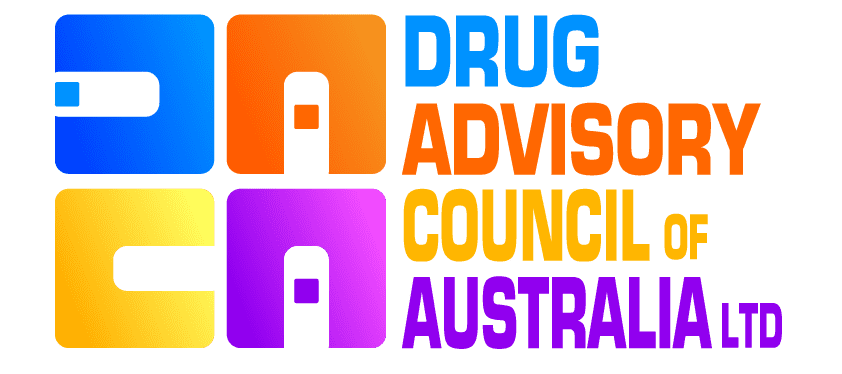Narrative review of the safety and efficacy of marijuana
for the treatment of commonly state-approved medical and psychiatric disorders
Authors: Katherine A Belendiuk1, Lisa L Baldini2 and Marcel O Bonn-Miller345*
Conclusion:
The reviewed literature highlights the dearth of rigorous research on the effects of marijuana for the most common conditions for which it is currently recommended. It is paramount that well-designed RCTs with larger sample sizes be conducted to determine the actual medical benefits and adverse effects of marijuana for each of the above conditions. Indeed, recent reviews [4,132] comprehensively discuss adverse events associated with marijuana use, and while it is beyond the scope of the current paper to review these effects in-depth, they are important to consider when evaluating whether or not to recommend marijuana for a medical or psychiatric disorder in place of other existing treatment options. Given the extensive literature speaking to the harms associated with marijuana use, research on the comparative safety, tolerability, efficacy, and risk of marijuana compared to existing pharmacological agents is needed. The present literature also illuminates the need for research into the effects of isolated cannabinoids (e.g., THC, CBD) as well as species of smoked marijuana (e.g., indica and sativa), as the majority of medical marijuana users ingest marijuana by smoking the marijuana plant [133,134], which contains a wide variety of phytocannabinoids at varying potencies [135,136]. Furthermore, improved and objective measurement of clinical outcomes should be implemented in clinical trials to determine treatment efficacy. Finally, little research has considered the issues of dose, duration, and potency. If research identifies a therapeutic effect of marijuana for medical or psychiatric conditions, there will need to be revisions in marijuana policy to increase quality control so that dose and potency are valid and reliable. Additionally, risk of abuse and diversion can be decreased by developing prescribing practices with continued supervision of a medical professional, creating prescription monitoring programs to reduce the risk of “doctor shopping” and identifying provisions for the safe disposal of unused cannabinoids. In sum, the current literature does not adequately support the widespread adoption and use of marijuana for medical and psychiatric conditions at this time.
For complete paper go to http://www.ascpjournal.org/content/10/1/10/abstract © Addiction Science & Clinical Practice 2015, 10:10 doi:10.1186/s13722-015-0032-7
Published: 21 April 2015




